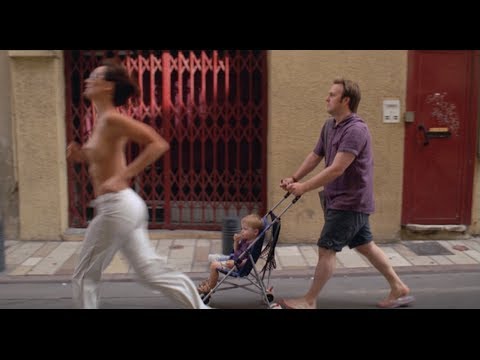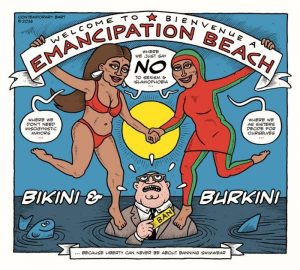Skip to main content


table of contents
Olympe de Gouges Exercises
Olympe de Gouges
- Identify the social institutions that stand against de Gouges’ idea of sexual freedom.
- Reread the paragraph that starts with “Women, wake up; the tocsin of reason sounds throughout the universe; recognize your rights.” What is the connection between liberalism and its emphasis on reason and freedom. How does de Gouges use these tropes to advance her agenda?
- How would de Gouges react to the current state of women in society?
- Choose one of the following questions, or combine them, to create a short presentation for the class. Please find video clips, news stories, pictures, memes or some other media to help illustrate your answer. Be prepared to share them with the class.
- How would Olympe de Gouges analyze marriage equality today, given that folk of the same sex can get married? Use quotes from her text to support your answer.
- What changes to our current gender arrangements would need to be in place for a Western society to achieve sexual freedom?
Part Three. Watch this video:
A YouTube element has been excluded from this version of the text. You can view it online here: http://openbooks.library.umass.edu/radicalsocialtheory/?p=41
- The video is showing us a reversal of gender roles, to help us de-naturalize patriarchal oppression. Identify the different oppressive situations that this man goes through when forced to live “like a woman.”
- The video has a number of problems, including that it attaches positive images only to white people. How do depictions of women of color compare to the depiction of white women?
- The video implies that women who cover their hair are forced to do so. Why is this a shallow Western critique of non-Western women ways? How is this connected with French police forcing women to remove their Burkinis when sunbathing at the beach?
Emancipation Beach. ©Contemporary Bart. Used with permission from the artist.
Media Attributions
- Emancipation Beach © Contemporary Bart is licensed under a All Rights Reserved license